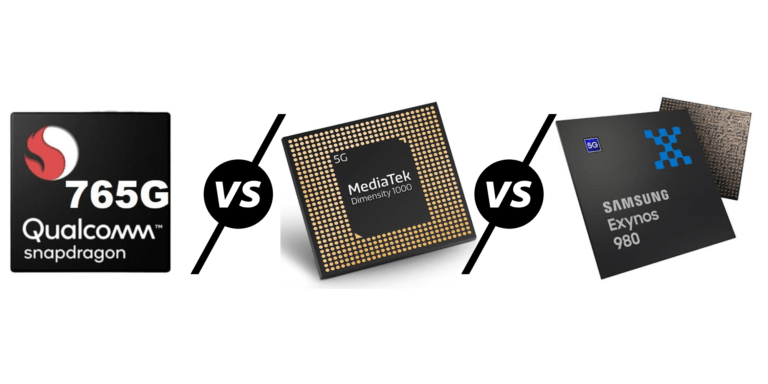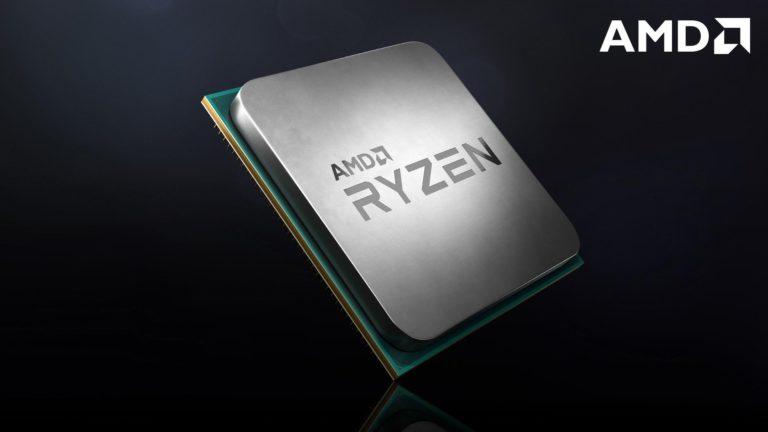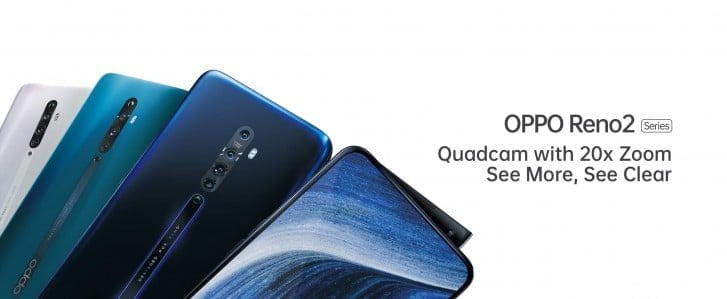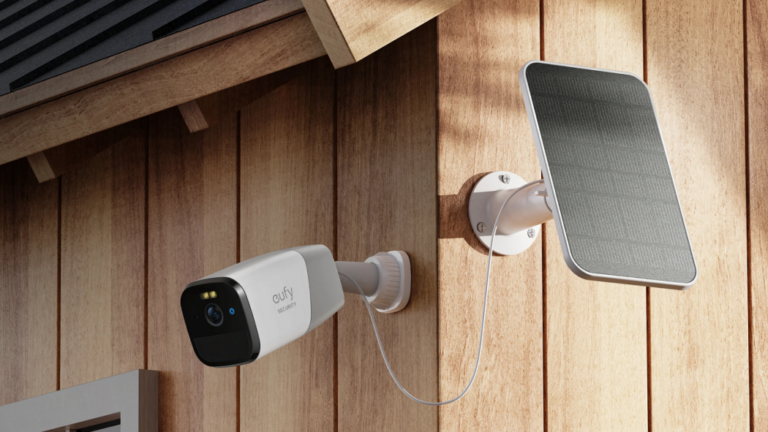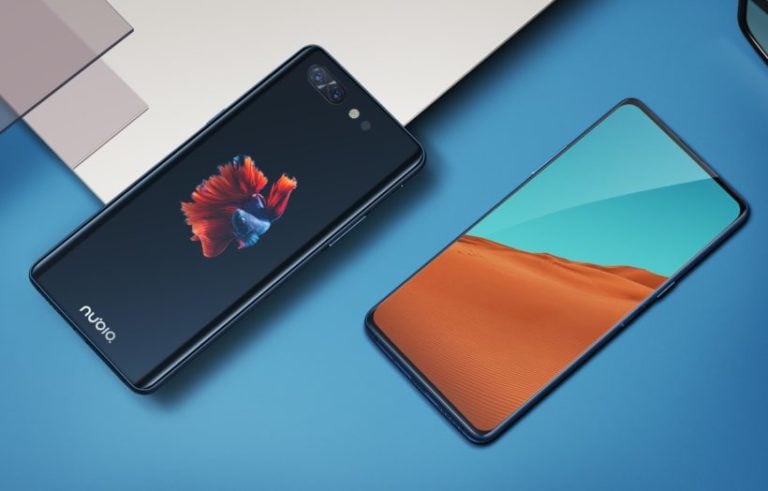Any links to online stores should be assumed to be affiliates. The company or PR agency provides all or most review samples. They have no control over my content, and I provide my honest opinion.
Google Pixel 8a Review
Summary
If you’re a Pixel fan on a budget or are looking for the best mid-range Android phone, the Pixel 8a should be at the top of your shortlist. Just be aware that the Pixel 9 is likely coming in a few months if you’re willing to wait.
Overall
90%-
Overall - 90%90%
Pros
- Excellent price-to-performance ratio
- Good camera performance
- No bloatware
- Long term updates
Cons
- Slow charging
- No zoom lens
The Google Pixel 8a is the latest mid-range offering in Google’s popular Pixel lineup. Launched in May, the Pixel 8a aims to bring many of the premium features from its higher-end siblings, the Pixel 8 and Pixel 8 Pro, into a more affordable package.
At a glance, the Pixel 8a shares a very similar design language and feature set as the Pixel 8. It has a 6.1″ 120Hz OLED display, is powered by Google’s Tensor G3 chip, and runs the latest Android 14 out of the box. The main differences are a plastic back instead of glass, a slightly downgraded camera system, and a few minor spec changes to hit the lower price point.
So, does the Pixel 8a deliver the core Pixel experience at a wallet-friendly price, or do the cost-cutting measures hold it back?
| Preview | Product | Rating | Price | |
|---|---|---|---|---|

| Google Pixel 8a – Unlocked Android smartphone with... | £248.00 | Buy on Amazon |
Pixel 8a vs 8 vs 8 Pro Specification
| Pixel 8a | Pixel 8 | Pixel 8 Pro | |
|---|---|---|---|
| Announced | 2024, May 07 | 2023, October 04 | 2023, October 04 |
| Status | Available. Released 2024, May 14 | Available. Released 2023, October 12 | Available. Released 2023, October 12 |
| Dimensions | 152.1 x 72.7 x 8.9 mm | 150.5 x 70.8 x 8.9 mm | 162.6 x 76.5 x 8.8 mm |
| Weight | 188 g | 187 g | 213 g |
| Build | Glass front (Gorilla Glass 3) plastic back aluminum frame, | Glass front (Gorilla Glass Victus) glass back (Gorilla Glass Victus), aluminum frame | Glass front (Gorilla Glass Victus 2) glass back (Gorilla Glass Victus 2) aluminum frame |
| SIM | Nano-SIM and eSIM | Nano-SIM and eSIM | Nano-SIM and eSIM |
| IP Rating | IP67 dust/water resistant (up to 1m for 30 min) | IP68 dust/water resistant (up to 1.5m for 30 min) | IP68 dust/water resistant (up to 1.5m for 30 min) |
| Display Type | OLED, HDR, 120Hz, 2000 nits (peak) | OLED, 120Hz, HDR10+, 1400 nits (HBM), 2000 nits (peak) | LTPO OLED, 120Hz, HDR10+, 1600 nits (HBM), 2400 nits (peak) |
| Display Size | 6.1 inches, 90.3 cm2 (~81.6% screen-to-body ratio) | 6.2 inches, 91.1 cm2 (~85.5% screen-to-body ratio) | 6.7 inches, 108.7 cm2 (~87.4% screen-to-body ratio) |
| Display Resolution | 1080 x 2400 pixels, 20:9 ratio (~430 ppi density) | 1080 x 2400 pixels, 20:9 ratio (~428 ppi density) | 1344 x 2992 pixels, 20:9 ratio (~489 ppi density) |
| OS | Android 14 | Android 14 | Android 14 |
| Chipset | Google Tensor G3 (4 nm) | Google Tensor G3 (4 nm) | Google Tensor G3 (4 nm) |
| CPU | Nona-core (1×3.0 GHz Cortex-X3 & 4×2.45 GHz Cortex-A715 & 4×2.15 GHz Cortex-A510) | Nona-core (1×3.0 GHz Cortex-X3 & 4×2.45 GHz Cortex-A715 & 4×2.15 GHz Cortex-A510) | Nona-core (1×3.0 GHz Cortex-X3 & 4×2.45 GHz Cortex-A715 & 4×2.15 GHz Cortex-A510) |
| GPU | Immortalis-G715s MC10 | Immortalis-G715s MC10 | Immortalis-G715s MC10 |
| Card slot | No | No | No |
| Internal | 128GB 8GB RAM, 256GB 8GB RAM | 128GB 8GB RAM, 256GB 8GB RAM | 128GB 12GB RAM, 256GB 12GB RAM, 512GB 12GB RAM, 1TB 12GB RAM |
| Storage Type | UFS 3.1 | UFS 3.1 | UFS 3.1 |
| Rear Cameras | 64 MP, f/1.9, 26mm (wide), 1/1.73″, 0.8µm, dual pixel PDAF, OIS 13 MP, f/2.2, 120˚ (ultrawide), 1.12µm | 50 MP, f/1.7, 25mm (wide), 1/1.31″, 1.2µm, dual pixel PDAF, Laser AF, OIS 12 MP, f/2.2, 126˚ (ultrawide), 1/2.9″, 1.25µm, AF | 50 MP, f/1.7, 25mm (wide), 1/1.31″, 1.2µm, dual pixel PDAF, multi-zone Laser AF, OIS 48 MP, f/2.8, 113mm (telephoto), 1/2.55″, 0.7µm, dual pixel PDAF, OIS, 5x optical zoom 48 MP, f/2.0, 126˚ (ultrawide), 0.8µm, dual pixel PDAF |
| Features | Dual-LED flash, Pixel Shift, Ultra HDR, panorama, Best Take | Dual-LED flash, Pixel Shift, Ultra HDR, panorama, Best Take | Dual-LED flash, Pixel Shift, Ultra-HDR, panorama, Best Take |
| Video | 4K@30/60fps, 1080p@30/60/120/240fps, OIS | 4K@24/30/60fps, 1080p@30/60/120/240fps; gyro-EIS, OIS, 10-bit HDR | 4K@30/60fps, 1080p@24/30/60/120/240fps; gyro-EIS, OIS, 10-bit HDR |
| Front Cameras | 13 MP, f/2.2, 20mm (ultrawide), 1.12µm | 10.5 MP, f/2.2, 20mm (ultrawide), 1/3.1″, 1.22µm | 10.5 MP, f/2.2, 20mm (ultrawide), 1/3.1″, 1.22µm, PDAF |
| Features | Auto-HDR, panorama | Auto-HDR, panorama | Auto-HDR, panorama |
| Video | 4K@30fps, 1080p@30fps | 4K@24/30/60fps, 1080p@30/60fps | 4K@24/30/60fps, 1080p@30/60fps |
| Loudspeaker | Yes, with stereo speakers | Yes, with stereo speakers | Yes, with stereo speakers |
| 3.5mm jack | No | No | No |
| WLAN | Wi-Fi 802.11 a/b/g/n/ac/6e, dual/tri-band (market/region dependent) | Wi-Fi 802.11 a/b/g/n/ac/6e/7, tri-band, Wi-Fi Direct | Wi-Fi 802.11 a/b/g/n/ac/6e/7, tri-band, Wi-Fi Direct |
| Bluetooth | 5.3, A2DP, LE | 5.3, A2DP, LE, aptX HD | 5.3, A2DP, LE, aptX HD |
| Positioning | GPS, GLONASS, GALILEO, BDS, QZSS, NavIC | GPS (L1+L5), GLONASS (G1), GALILEO (E1+E5a), QZSS (L1+L5) | GPS (L1+L5), GLONASS (G1), GALILEO (E1+E5a), QZSS (L1+L5) |
| NFC | Yes | Yes | Yes |
| USB | USB Type-C 3.2 | USB Type-C 3.2 | USB Type-C 3.2 |
| Sensors | Fingerprint (under display, optical) accelerometer gyro proximity compass barometer | Fingerprint (under display, optical) accelerometer gyro proximity compass barometer | Fingerprint (under display, optical) accelerometer gyro proximity compass barometer thermometer (skin temperature) Ultra Wideband (UWB) support |
| Battery | Li-Po 4492 mAh, non-removable | Li-Ion 4575 mAh, non-removable | Li-Ion 5050 mAh, non-removable |
| Charging | 18W wired, PD3.0 7.5W wireless | 27W wired, PD3.0, PPS, 50% in 30 min (advertised) 18W wireless Reverse wireless | 30W wired, PD3.0, PPS, 50% in 30 min (advertised) 23W wireless Reverse wireless |
| Colours | Obsidian, Porcelain, Bay, Aloe | Obsidian, Hazel, Rose, Mint | Obsidian, Porcelain, Bay, Mint |
| Price | £ 449 | £ 549 | £ 699 |
Pixel 8a vs 8 vs 8 Pro Specification
Google has made each of the models incrementally different, so there is not a huge difference between this and the Pixel 8. In comparison the Pixel 8a has:
- Slightly smaller body
- Thicker bezels with a smaller screen-to-body ratio
- Plastic back
- Corning Gorilla Glass 3 vs Victus
- A lower spec 64 MP 1/1.73″ main camera vs 50 MP 1/1.31″
- A slightly different selfies camera
- No WiFi 7 support
- No Aptx HD
- No multi-band GNSS (GPS)
- Smaller battery
- Slower charging
While that may seem like a lot of differences, I think most of them would go unnoticed by most people. The thicker bezel does make it look a bit old-fashioned, but it is hardly a deal breaker. As I use my camera a lot, the main thing I miss is the superb primary camera; however, the Pixel 8a does a decent job.
Design and Display
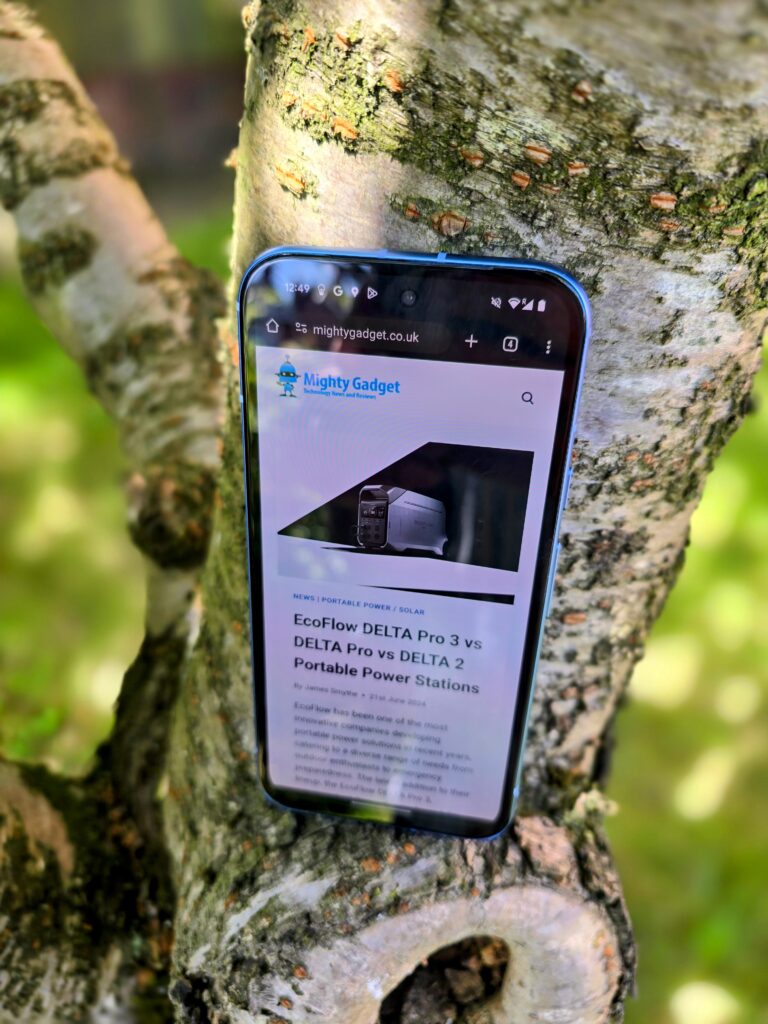
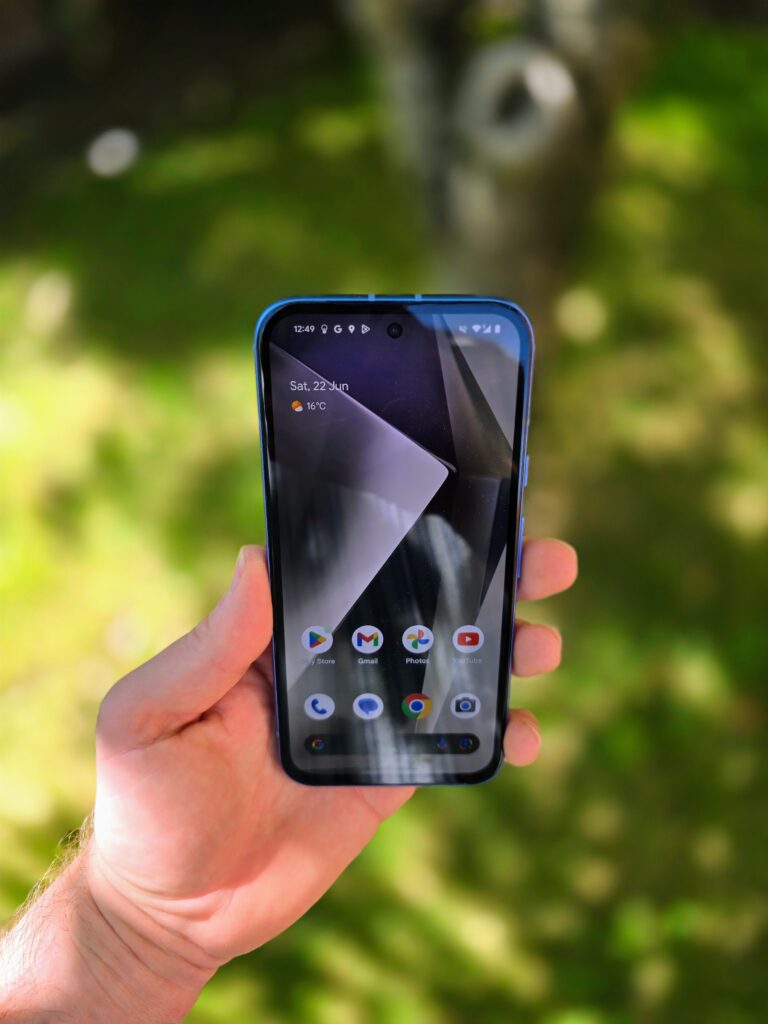
The Pixel 8a follows the same design language as the Pixel 8 with a minimalist aesthetic featuring a two-tone back panel. However, instead of glass, the 8a opts for a plastic back to reduce costs. The plastic has a matte finish that still feels high quality. The aluminium frame provides a sturdy feel to the hand.
The front is protected by Gorilla Glass 3, a step down from Victus on the 8 and 8 Pro. The bezels are slightly thicker than the Pixel 8, resulting in a screen-to-body ratio of 81.6% compared to 85.5%. It’s noticeable side-by-side and does make the phone look a bit old fashioned but doesn’t detract much from the viewing experience.
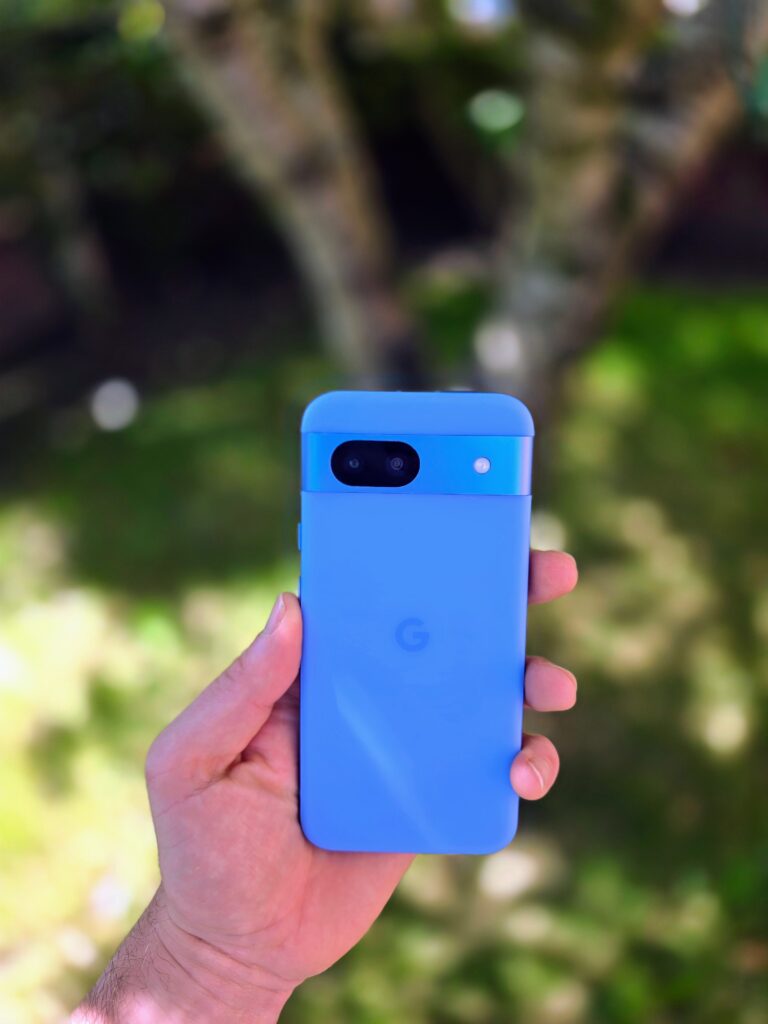
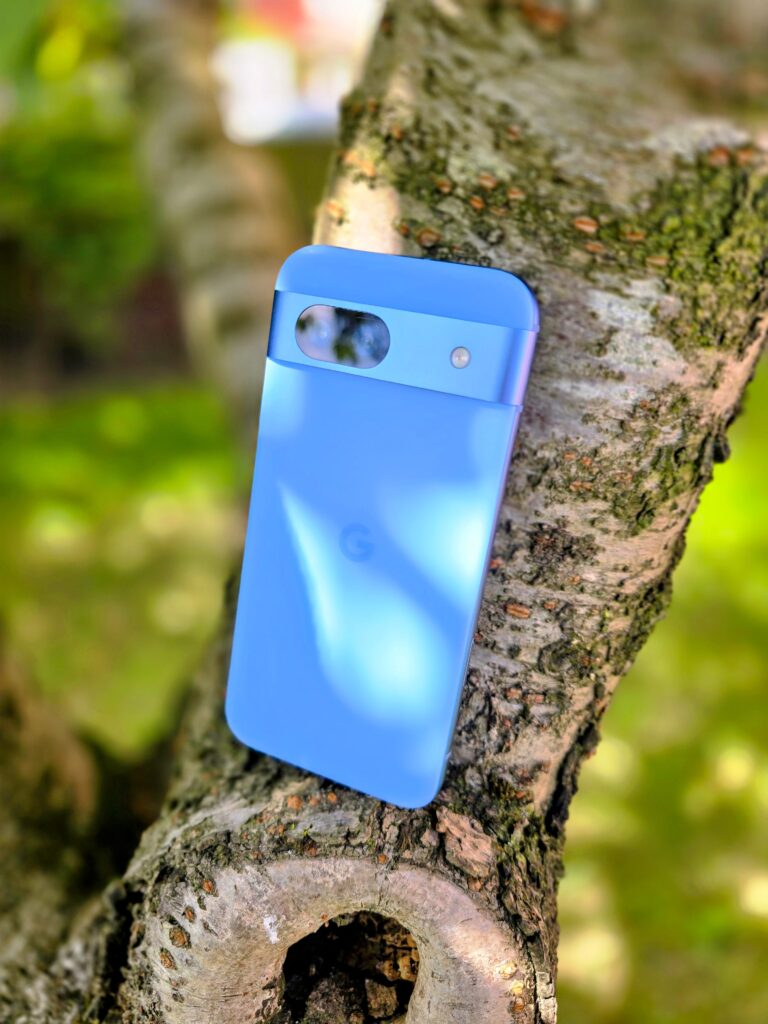
Speaking of the display, you get a 6.1″ FHD+ (1080 x 2400) OLED panel with a smooth 120Hz refresh rate. The screen has good brightness levels of up to 2000 nits peak and supports HDR content. The colours are vibrant, and the viewing angles are excellent. While not quite as impressive as the Pixel 8 Pro’s LTPO panel, this is still one of the best displays you’ll find in the sub-£500 price range.
Biometrics
For security, the Pixel 8a features an under-display optical fingerprint sensor. The setup was quick, and the sensor was fast and reliable for unlocking the phone. Face unlock is also available using the front camera, though it’s not as secure as the fingerprint method.
Camera
Pixel phones are known for their excellent camera performance, and the 8a mostly delivers here, though with some caveats compared to the more expensive models.
The main rear camera is a 64MP f/1.9 shooter with a 1/1.73″ sensor. That’s a step down in resolution and sensor size from the 50MP 1/1.31″ sensor in the Pixel 8 and 8 Pro. However, thanks to Google’s advanced image processing, the Pixel 8a still captures excellent photos in a variety of lighting conditions. Photos have great dynamic range, accurate colours, and plenty of detail.
Low light performance is also solid thanks to Night Sight, though the smaller sensor means it can’t quite keep up with the Pixel 8 in the darkest conditions. The lack of a dedicated telephoto lens also means zoom shots rely on digital crop and won’t be as sharp as the optical zoom on the 8 Pro.
The ultrawide is a 13MP f/2.2 compared to 12MP f/2.2 on the 8 and 48MP f/2.0 on the 8 Pro. Ultrawide shots from the 8a have good colours and low distortion, but the narrower field of view and lower resolution sensor means less detail captured compared to the higher-end models.
For selfies, you get a 13MP f/2.2 ultrawide camera. Selfies are detailed with good skin tones. The ultrawide lens makes it easy to fit more people or background into the shot.
Video recording tops out at 4K 60fps from the main rear camera and 4K 30fps from the selfie camera. The footage is stabilised well, and the audio quality from the stereo mics is good.
Overall, the Pixel 8a cameras perform very well for the price and are only bested by more expensive flagships. Most users will be more than satisfied with the photo and video output.
Photography Samples
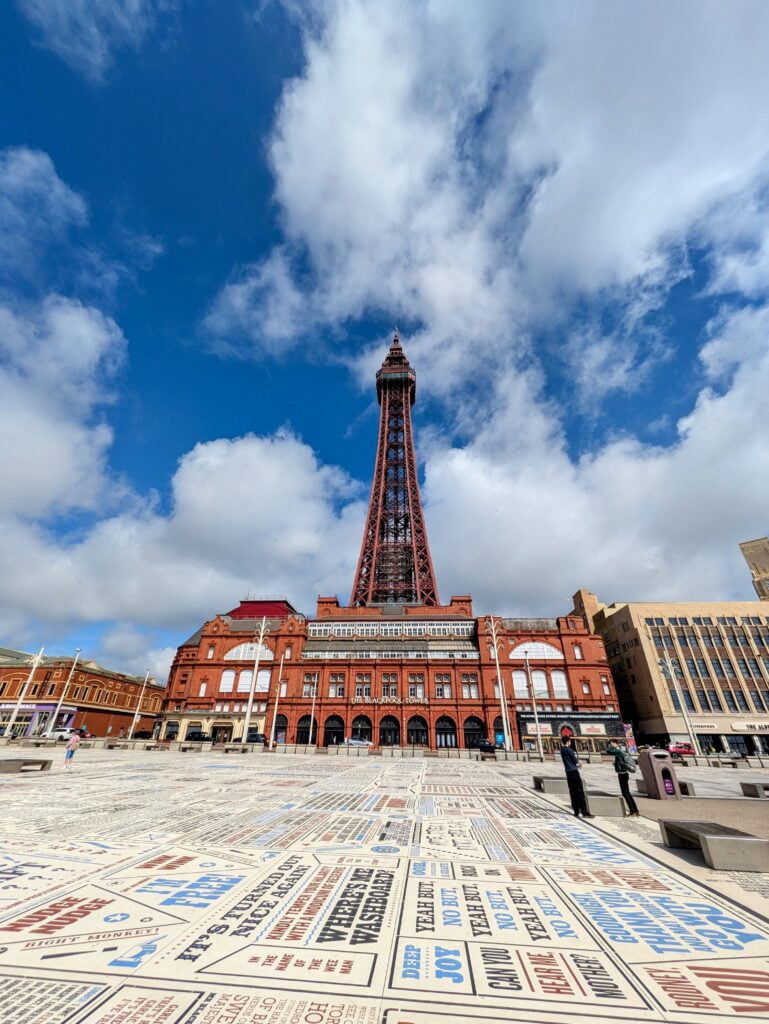
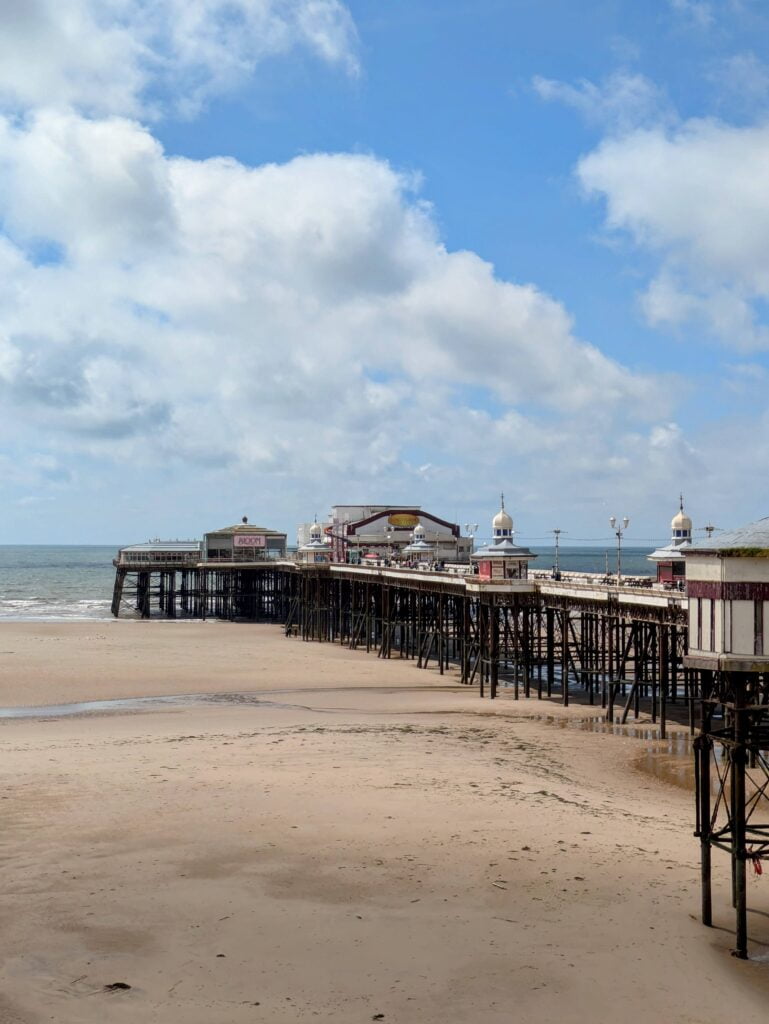
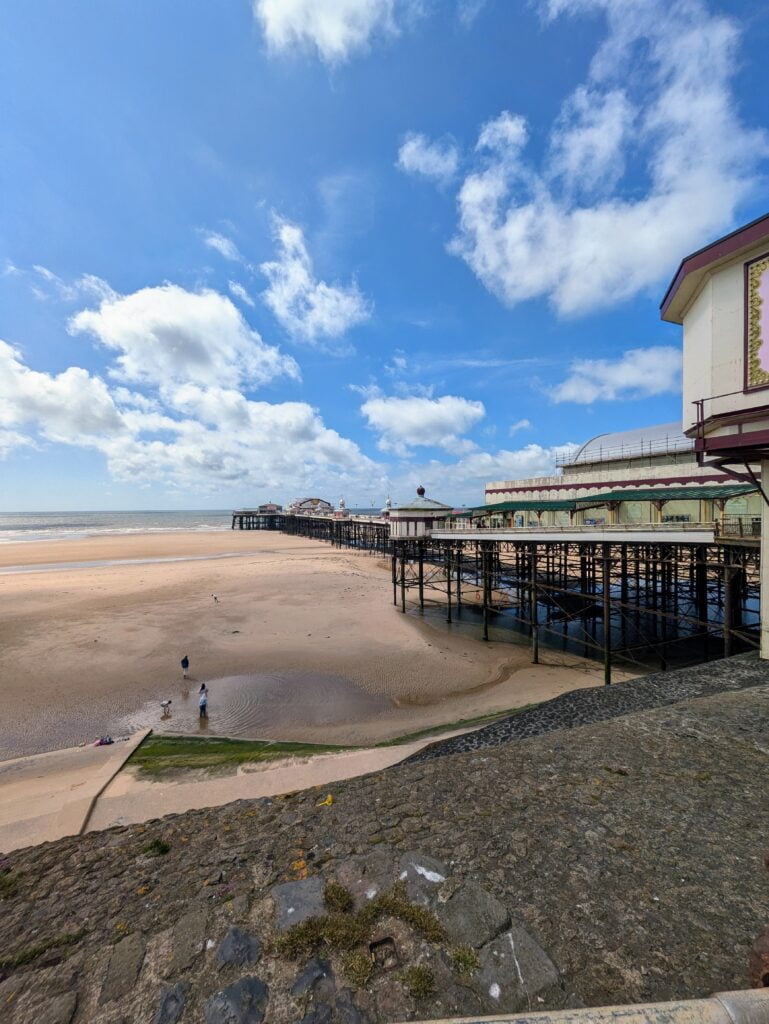
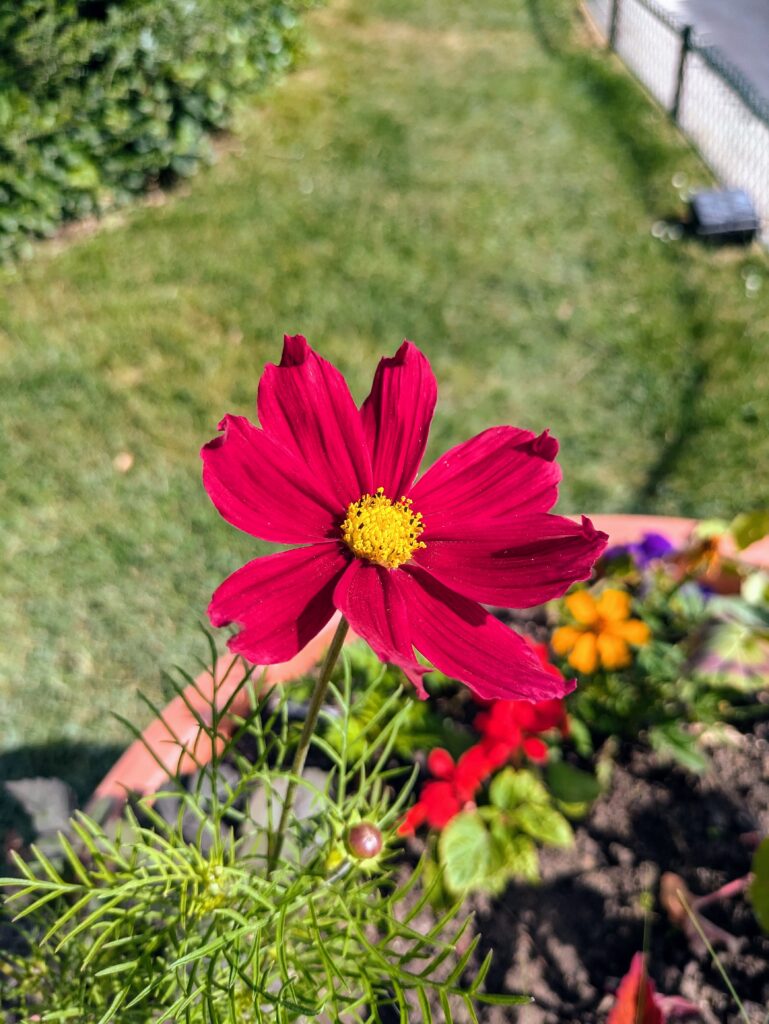
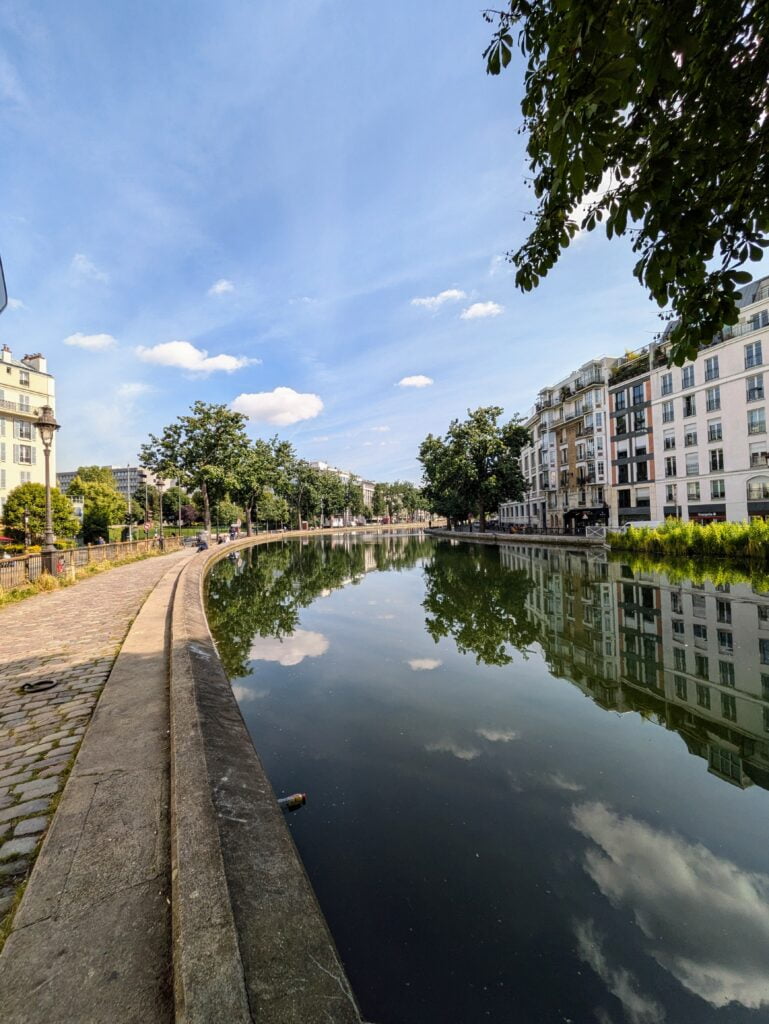


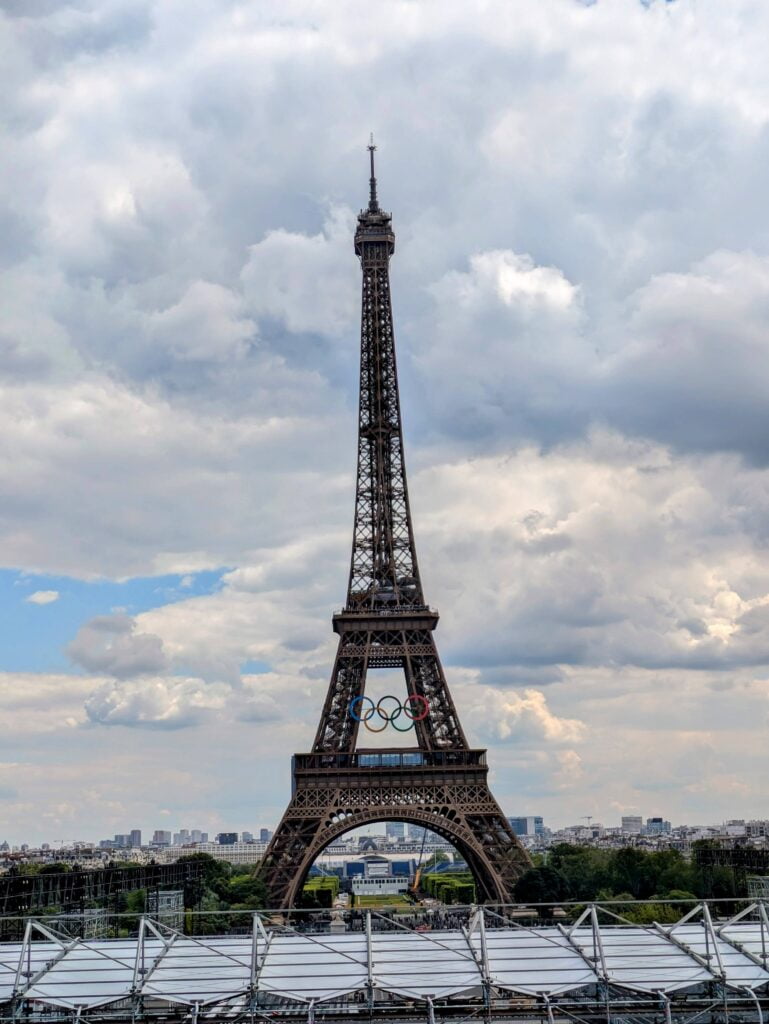
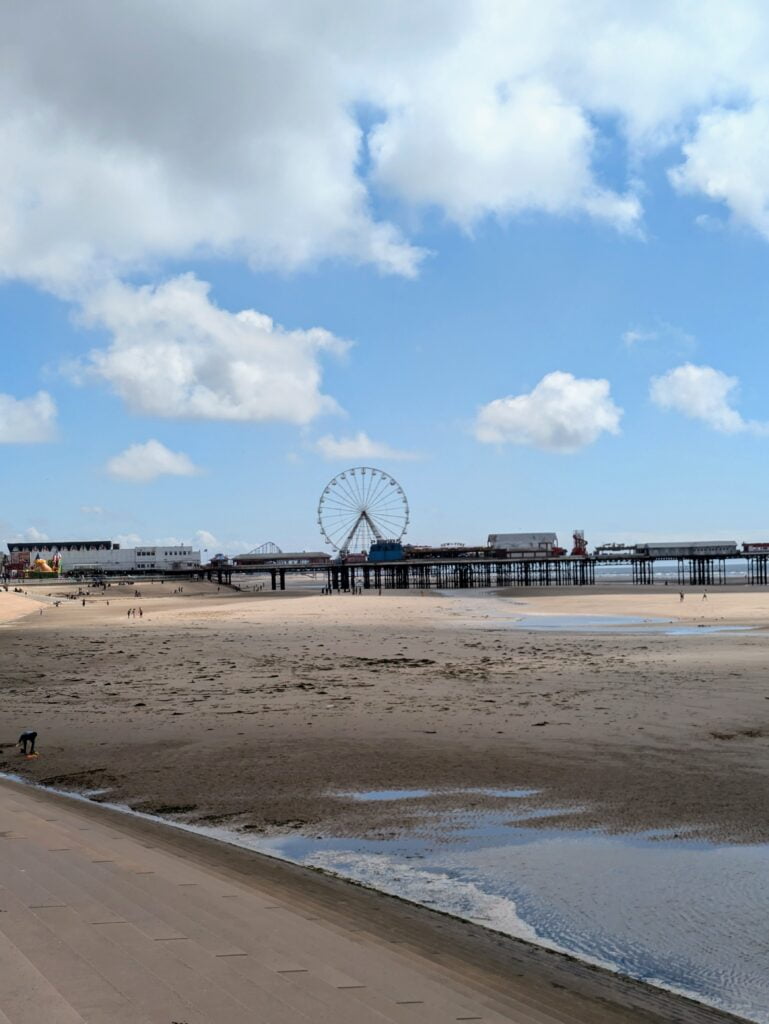

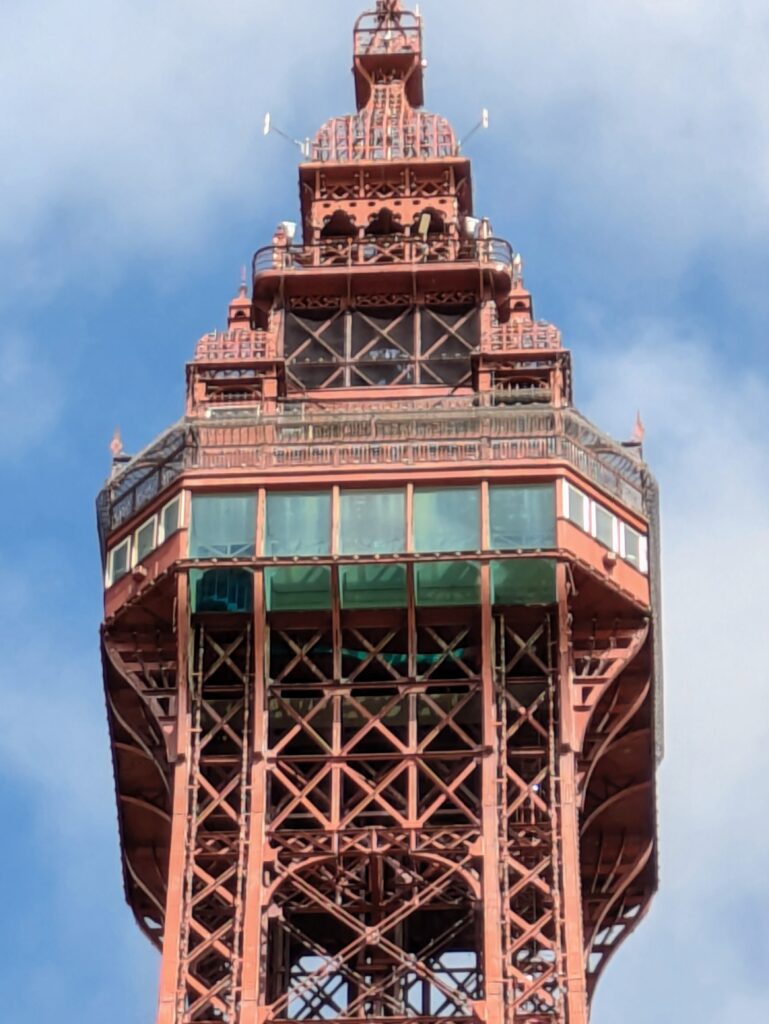
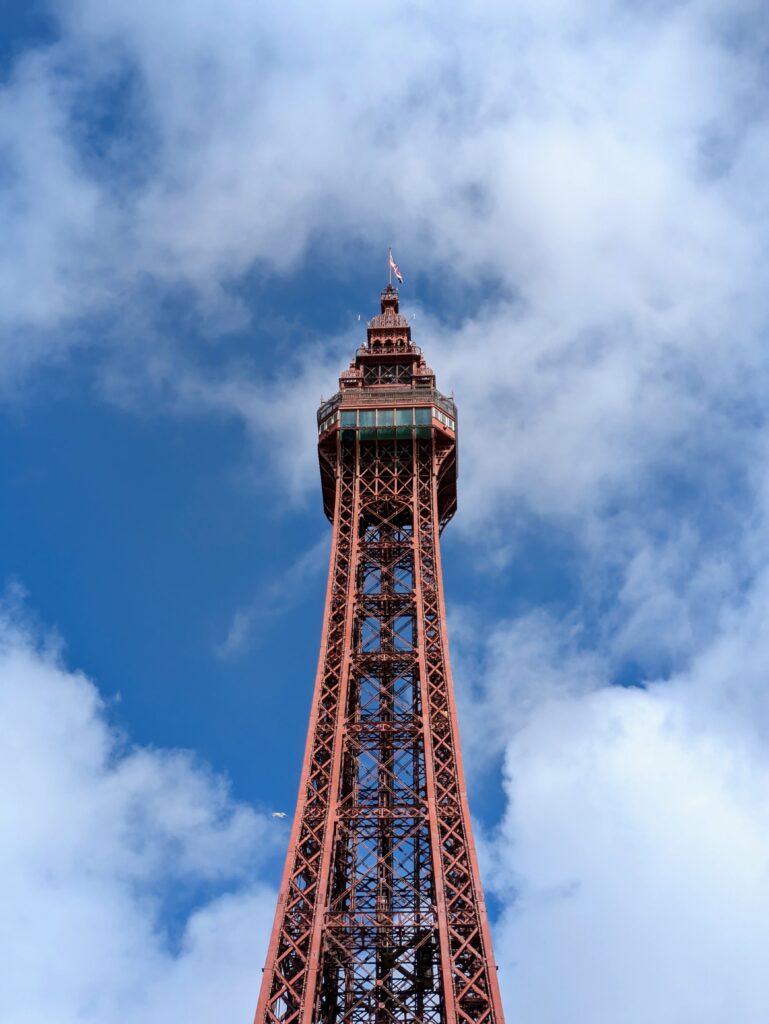
Performance and Benchmarks
Powering the Pixel 8a is Google’s Tensor G3 chip, the same one found in the Pixel 8 and 8 Pro. This is a 4nm octa-core SoC with 2 Cortex-X3, 4 Cortex-A715 and 4 Cortex-A510 cores, along with an Immortalis-G715s MC10 GPU.
The Tensor G3 is a competent chipset with plenty of performance for all my needs. Even though it had plenty of performance when I benchmarked this on the Pixel 8 Pro back in October 2023, the chipset performed poorly compared to chipsets on other flagship phones. The overall performance fell short of both the Qualcomm Snapdragon 8 Gen 3 and Snapdragon 8 Gen 2.
However, when you look at the price point of both the Pixel 8a and Pixel 8, the chipset looks more impressive. Benchmarks show it performing better than the Snapdragon 7s Gen 2, which is used on the £350 Redmi Note 13 Pro, but not as well as the Snapdragon 8s Gen 3 used on the more expensive £600 Honor 200 Pro.
It is an interesting strategy by Google. Using the same chipset for all its phones would seem to indicate that Google is less bothered about raw performance than many other brands. The argument for this would be that Google focuses on the overall user experience rather than just using the best hardware possible to make the specs look good.
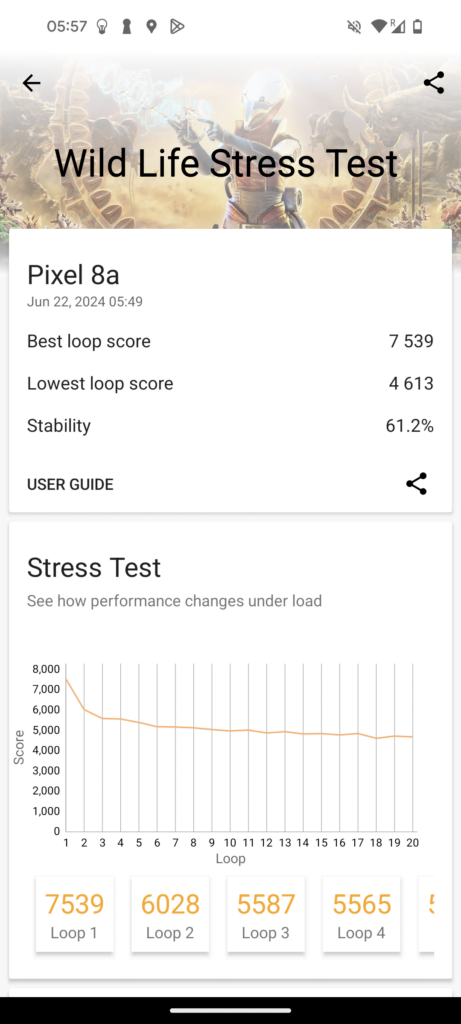
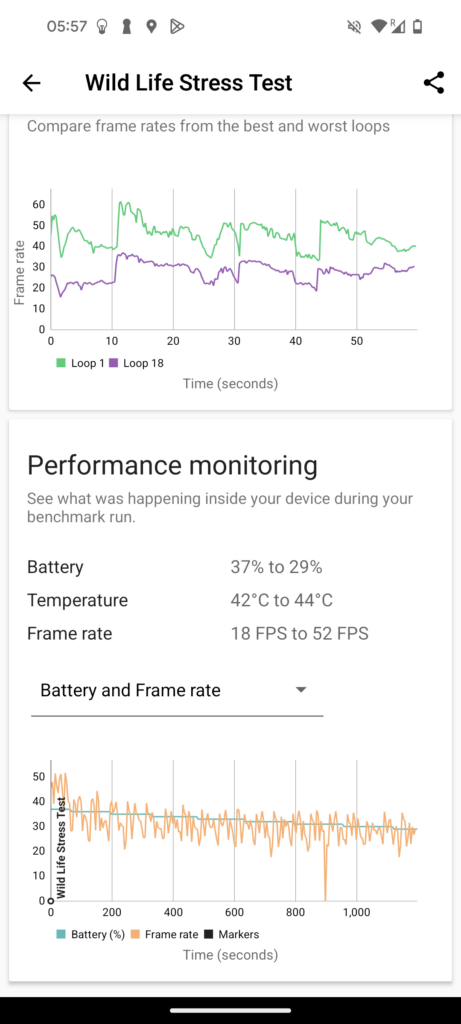
- Antutu (Total / CPU / GPU / Memory / UX)
- IQOO 12: 2084308 / 446149 / 906269 / 400131 / 331759
- Samsung Galaxy S24 Ultra: 1945797 / 445818 / 817997 / 373210 / 308772
- Honor Magic6 Pro: 1874472 / 342053 /897742 / 378460 256217
- Honor 200 Pro: 1131832 / 274520 / 435213 / 209805 / 212294
- Pixel 8 Pro: 1144447 / 355374 / 381544 / 177818 / 229711
- Pixel 8a: 1029553/ 301201/ 389963/ 145661/ 192728
- Redmi Note 13 Pro: 563813 / 180551 / 116119 / 120390 / 146753
- Geekbench
- IQOO 12: 2250/6909
- Honor Magic6 Pro: 2220 / 6897
- Samsung Galaxy S24 Ultra: 2103/6640
- Honor 200 Pro: 1926 / 4932
- Pixel 8 Pro: 1763/4409
- Pixel 8 Pro: 1549/3637
- Redmi Note 13 Pro: 1030 / 2984
- 3Dmark
- Honor Magic6 Pro: 18160 high, 11867 low, 65.4% stability, 672mAh/12%pts
- IQOO 12: 18346 high, 12144 low, 66.2% stability, 700mAh/14%pts
- Samsung Galaxy S24 Ultra: 17580 high, 9828 low, 55.9% stability, 650mAh/13%pts
- Honor 200 Pro: 11855 high, 8442 low,71.2% stability, 572mAh/11%pts
- Pixel 8a: 8453 high, 5974 low,70.7% stability, 449mAh/10%pts
- Pixel 8 Pro: 8434 high, 5599 low, 66.4% stability, 555mAh/11%pts
- Redmi Note 13 Pro:
In real-world use, the Pixel 8a feels snappy and responsive. Apps open quickly, the UI is fluid, and demanding games run smoothly.
The base model comes with 128GB of fast UFS 3.1 storage paired with 8GB of LPDDR5 RAM. This is plenty for multitasking and running multiple apps in the background. A 256GB storage option is also available.
5G support is excellent with compatibility for both Sub-6 and mmWave networks. Call quality is also great and the dual speakers get impressively loud and clear. However, there’s no headphone jack so you’ll need to use Bluetooth or USB-C audio.
Battery Life
Inside the Pixel 8a is a 4492mAh battery, slightly smaller than the 4575mAh cell in the Pixel 8. In my testing, the phone easily lasted through a full day of moderate to heavy use. Screen on time averaged around 7-8 hours, which is solid for this class of device.
Charging speeds max out at 18W wired and 7.5W wireless. That’s slower than the Pixel 8’s 27W wired and 18W wireless speeds. A full charge takes a little over 90 minutes. While not the fastest out there, it’s still reasonable and helps keep costs down.
The 7.5W charging is also a bit slow, but many phones at this price lack it completely and it is useful to have for things like the car, allowing you to keep your phone topped up while driving.
Android 14
The Pixel 8a launches with Android 14 and will get 3 years of OS updates and 5 years of security patches directly from Google. Android 14 brings a host of new features and improvements like enhanced privacy controls, better tablet optimizations, and smarter home screen widgets.
The Pixel-exclusive features are also great. The Recorder app can transcribe audio recordings, and the Personal Safety app can detect car crashes and alert emergency contacts. Live translation is scarily accurate, and the new Magic Eraser tool in Google Photos can remove unwanted objects from images with a tap.
Google’s take on Android is clean, intuitive, and free of duplicate apps and bloatware, which some other Android skins have. The Pixel 8a is one of the best ways to experience the latest Android version and is ideal for those who want fast updates and a long support lifespan.
Price and Alternative Options
| Preview | Product | Rating | Price | |
|---|---|---|---|---|

| Google Pixel 8a – Unlocked Android smartphone with... | £248.00 | Buy on Amazon |
The Pixel 8a has an RRP of £499 and was available from the Google store for £449 at the time of writing.
The Pixel 8 has an RRP of £699 and was available for £549.
The Pixel 8 Pro has an RRP of £999 and was available for £699.
These prices were also reflected on Amazon.
Alternative phones I’d consider:
- Motorola Edge50
- £350
- Apart from the Snapdragon 7s Gen 2, this has a superior spec than the Pixel 8a but lacks long-term support.
- POCO X6 Pro
- £340
- This has a superior chipset, bigger battery, faster charging, but an inferior camera and a lot of bloat with HyperOS
- Xiaomi 13T
- £449
- Same price and a superior spec as most of the phone, but it is almost a year old and Xiaomi doesn’t support phones for as long as Google.
- Samsung Galaxy S23 FE
- £499
- It is a good specification in comparison to the Pixel 8a, but it was launched in October 2023.
Overall
The Pixel 8a successfully distils the core Pixel experience down to a more affordable price. It offers a great 120Hz OLED display, snappy performance from the Tensor G3, excellent cameras, and a clean Android 14 build with fast updates. Battery life is solid, and wireless charging is a nice bonus.
The plastic build and slower charging do remind you this is a mid-range phone. Those wanting the best cameras and performance are still better off with the Pixel 8. And some competing phones do offer better specs for the money, though they sacrifice software support.
But for the average user who wants a reliable, bloat-free Android phone with great performance, cameras and long term support, the Pixel 8a is easy to recommend. It’s not the most exciting or flashy phone, but it nails the fundamentals and is an excellent value.
If you’re a Pixel fan on a budget or are looking for the best mid-range Android phone, the Pixel 8a should be at the top of your shortlist. Just be aware that the Pixel 9 is likely coming in a few months if you’re willing to wait.
Google Pixel 8a Review
Summary
If you’re a Pixel fan on a budget or are looking for the best mid-range Android phone, the Pixel 8a should be at the top of your shortlist. Just be aware that the Pixel 9 is likely coming in a few months if you’re willing to wait.
Overall
90%-
Overall - 90%90%
Pros
- Excellent price-to-performance ratio
- Good camera performance
- No bloatware
- Long term updates
Cons
- Slow charging
- No zoom lens
Last update on 2025-12-23 / Affiliate links / Images from Amazon Product Advertising API

